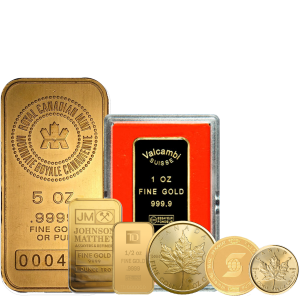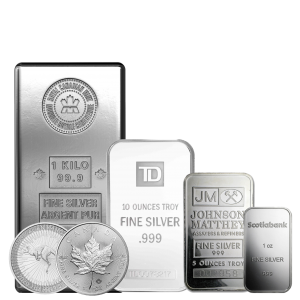

Draped Bust Dollar (1795 - 1804)


Image Courtesy of Professional Coin Grading Service (PCGS.com)
Overview
The Draped Bust Dollar is one coin regarded as among the most iconic in early American history. This money was produced during a time when the US was developing its financial and political identity. The first instance of this design applied on a single piece of American money was the 1795 Draped Bust dollar.
HistoryFollowing the Coinage Act of 1792, which established the United States Mint and enabled the minting of a variety of currency denominations, the manufacture of Bust Dollars started in 1795. Originally only struck for two years (1794–1795), the Draped Bust Dollar replaced the Flowing Hair Dollar in 1795. The redesign was inspired by the aim to create a national currency that was more polished and aesthetically beautiful. Made by Robert Scot, the designer.
Structure- • On the obverse, there is a depiction of Liberty, LIBERTY is displayed above, the date is displayed below, and there are eight stars to the left and seven stars to the right over the picture. There are further variants that display 16 stars in addition to the 13 stars.
- • The back of the coin depicts a small eagle sitting on a cloud inside the confines of an open wreath. It is surrounded by the United States of America.
- • Small Eagle Reverse (1795-1797): This version, which was created between 1795 and 1797, depicts a delicate eagle that is perched on a cloud and is surrounded by a wreath to complete the design. The fact that it was only produced in small quantities and had an early historical importance makes it more expensive and rarer. All grades of specimens are present, with the most often seen specimens typically being in a state of preservation that ranges from Very Good to Very Fine. Fewer pieces are Extremely Fine and About Uncirculated, and an Uncirculated specimen is an extremely rare item.
- • Heraldic Eagle Reverse (1798-1804): This design depicts an eagle that is stronger and detailed than the previous one. Its wings are large, its breast has a shield, and its ribbon has the motto "E Pluribus Unum." Though they are not unusual, those with the year 1800 are more difficult to locate; those with the years 1801 to 1803 are even more difficult.
Particularly in good condition, Draped Bust Dollars are well loved by coin enthusiasts. Their worth depends on the date, kind, and status as well. A nice 1795 Small Eagle may sell for tens of thousands, while an 1804 Draped Bust Dollar can sell for millions.
Whether you're a history buff or a seasoned collector, collecting this historic money is like holding a piece of the nation's past.








